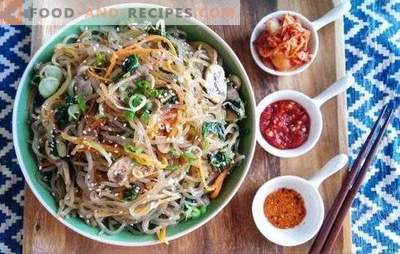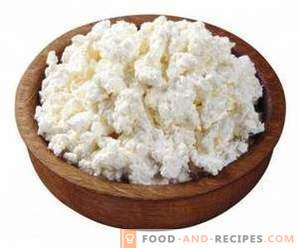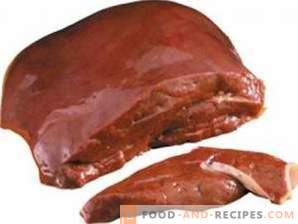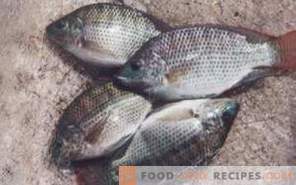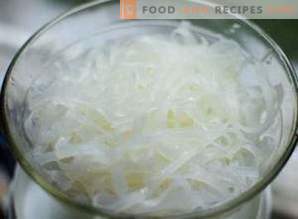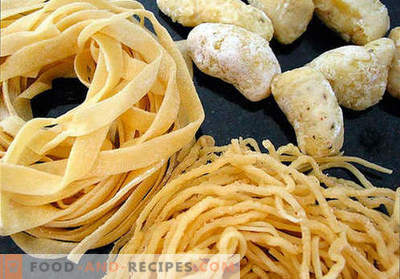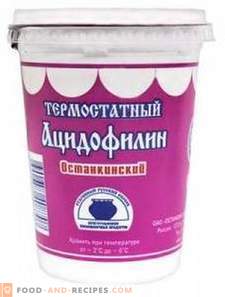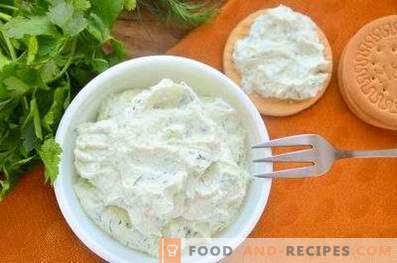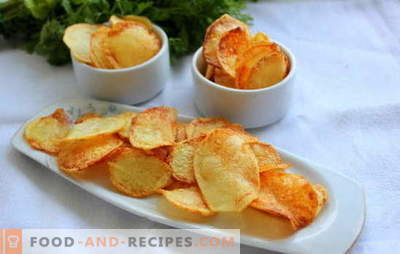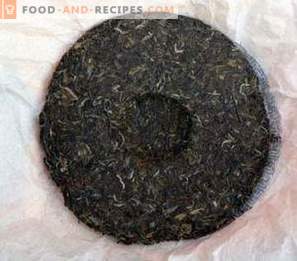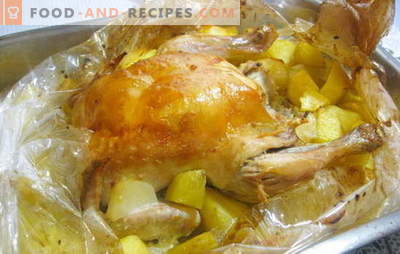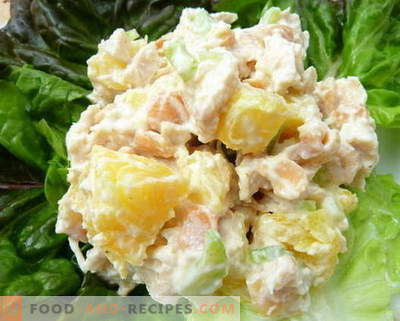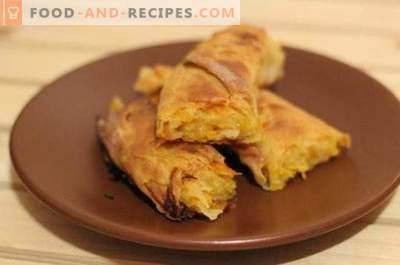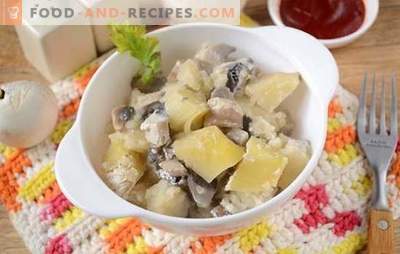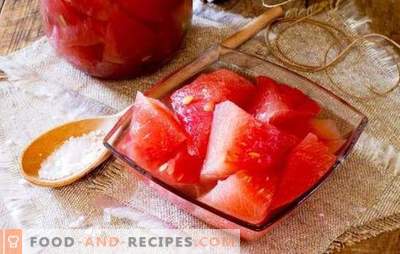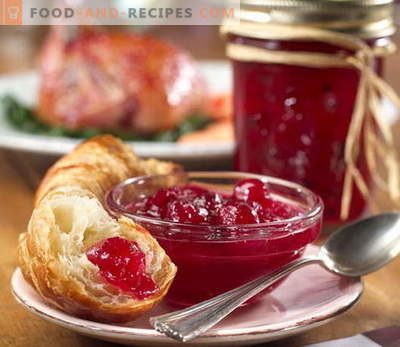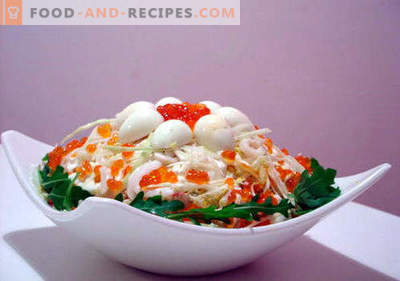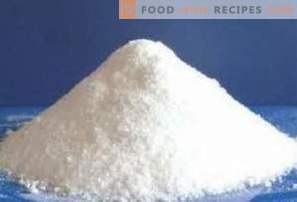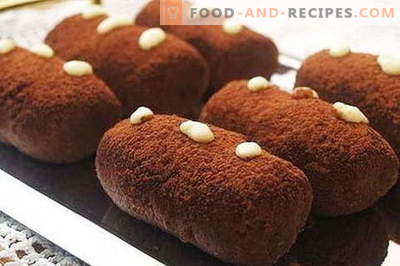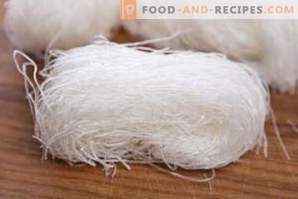
Recently, it has become increasingly popular among gourmets and connoisseurs of exotic food to acquire dishes and products of Asian cuisine. In modern supermarkets, an increasingly diverse assortment of interesting and unusual products appears, one of these is unusual noodles with an intriguing name: funchoza, or, as people call it, glass noodles.
Bean Noodle Composition
Glass noodles are traditionally made from bean starch. In its raw form, the noodles look like rice noodles - long and snow-white threads, however, in the finished form, this product takes on a translucent appearance. The taste of funchoza is practically absent, and therefore it is prepared with the addition of various spices and sauces.
Funchoza belongs to the category of sufficiently nutritious and high-calorie foods, therefore, it can only be consumed as a component of dietary nutrition provided that low-fat sauces are used as an additive to dishes. Most of the nutrients are carbohydrates, much less fat and protein. Therefore, funchoz refers primarily to carbohydrate products, about 85% of the total composition of funchose - carbohydrate. The composition of bean noodles includes a sufficient amount of vitamins of group B, which makes the product useful for strengthening and normal functioning of the nervous system. The diverse composition of macronutrients and microelements makes funchoz a quality product that does not require the addition of preservatives or other substitutes in the preparation process. Funchoza is recommended to use for high-quality and nourishing food, while taking into account the composition of the sauce for cooking various degrees of calorie.
Useful properties of funchoz
With regular use of glass noodles, the state of the circulatory system is significantly improved due to the beneficial effects on the body of vitamin PP contained in funchose. A sufficient amount of vitamin E makes funchoz besides an antioxidant, B vitamins help the normal functioning of the nervous system.
Due to the fact that bean noodles do not contain gluten, it is not an allergen, and therefore has no contraindications for allergies. Due to the rather rich composition of funchoz, regular use of this noodle helps to slow down the aging of the body and rejuvenate the tissues due to the amino acids it contains.
Funchoza is a useful product for people with diseased liver, kidneys, heart, blood vessels, due to the low salt content. The composition of funchozy is unique in that it is rich in common ingredients collected in one product. Therefore, the property of funchozy to strengthen all the departments and tissues of the body, while acting gently and for a long time, has long been known to cooks and gourmets who know a lot about nutritious and healthy dishes.
Doctors recommend that funchose be eaten by the elderly as well, since the composition of the product is devoid of fiber, therefore, bean noodles are easily digested. For older people, cooks recommend bean noodles to add to soups, side dishes, using sparing, not spicy additives.
Contraindications and harm from funchoses
Most culinary experts agree that funchoza is practically not capable of harming the body. Some types of this product are made with the addition of rice or corn starch, so it is recommended that before using carefully examine the ingredients that make up the funchoza. Glass noodles are contraindicated in patients with a history of allergic reactions to starch and starchy foods. Manufacturers also caution against buying a cheaper product with the same name funchoz. Adding cornstarch and possibly a small amount of lead to bleach noodles makes the product unhealthy, especially with long-term and regular consumption. Such a product is also not recommended for those who suffer from chronic constipation, since glass noodles possess to some extent and anchoring properties.
Calories without taste
Glass noodles are considered to be a gourmet product. This product has no taste, because it will not be enough just to cook and serve. Properly cooked funchoza has a different taste, thanks to the flavorings and sauces prepared especially for this dish. Depending on this, the caloric content of the finished product also fluctuates. Just boiled funchoza without adding spices and sauces has caloric content of about 90 kilocalories. Bean noodles with meat or mushrooms, seasoned with sauces and spices, have a slightly higher caloric value - 320 kilocalories. High caloric content of the finished dish does not reduce its dietary qualities and properties - funchoza continues to be a complete dietary product.
Nutritionists recommend that those who follow the weight, eat funchozu with a minimum amount of hot spices, since such a product has the ability to stimulate appetite, as a result, a person eats much more than will be enough to maintain normal body activity. Cooks offer a large variety of recipes for making glass noodles using the most dietary ingredients.
Rules for cooking bean noodles
Funchoza requires special attention when cooking, as overcooked funchoza can completely limp, and undercooked chews poorly, sticks in the mouth. Therefore, before cooking, it is necessary to soak the product in warm water for 10 minutes, only then place it in salted boiling water and cook until ready. The duration of cooking depends on the type of funchose: thin, like hairs, respectively, cooked for a short time, strictly following the instructions on the package. Funchoza thicker boil like pasta a little longer. In any case, before cooking, you must carefully study the instructions and follow it.




